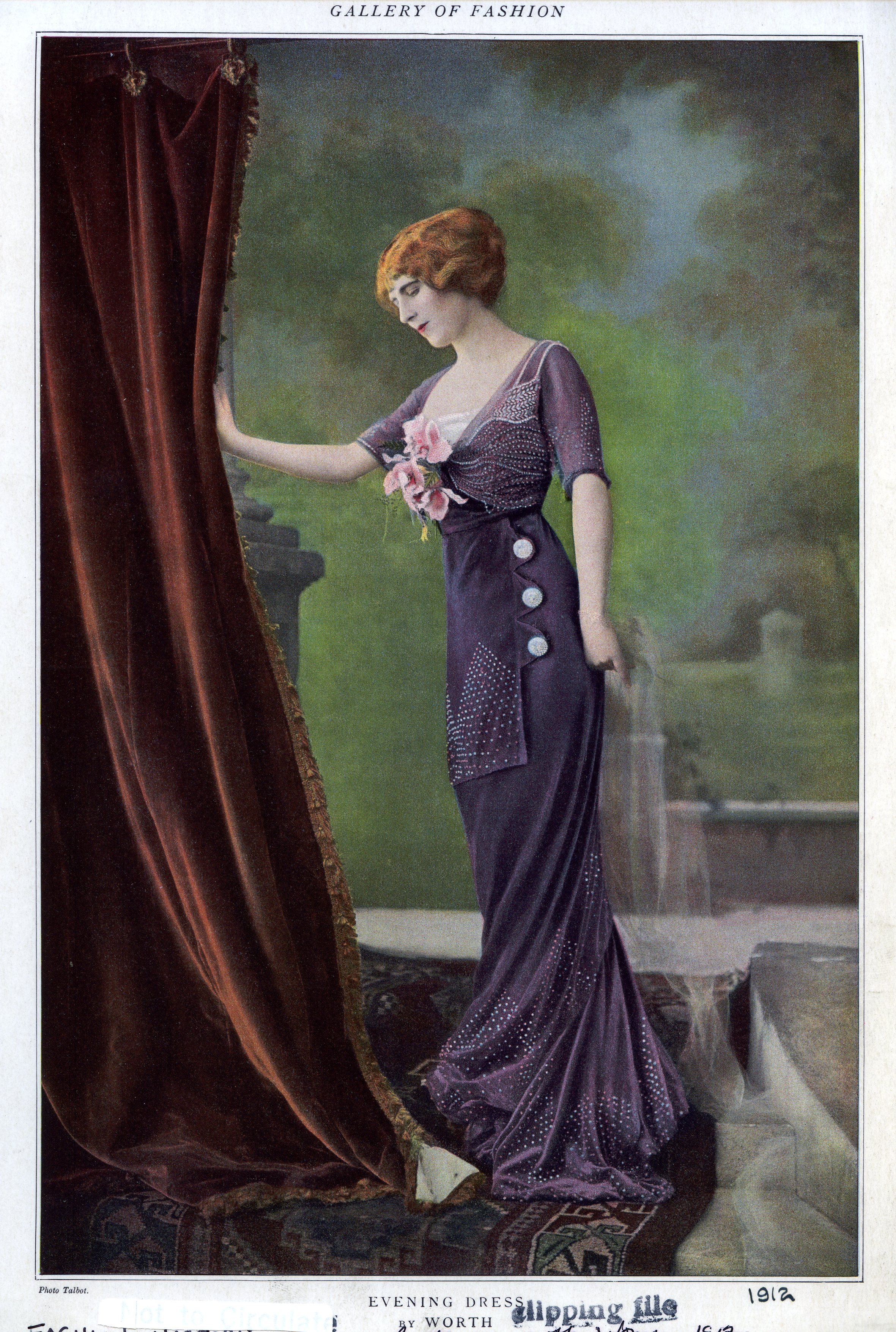

The study, Playgrounds and Prejudice, found that “almost one in ten of elementary school students (8 %) … do not conform to traditional gender norms-i.e., boys who others sometimes think act or look like a girl, or they are girls who others sometimes think act or look like a boy” (GLSEN and Harris Interactive, 2012, p. The Gay, Lesbian, and Straight Education Network (GLSEN) produced “Ready, Set, Respect,” an elementary-school toolkit, in response to a “study, based on national surveys of 1,056 elementary school students in 3rd to 6th grade and 1,099 elementary school teachers of K-6th grade, examin students’ and teachers’ experiences with biased remarks and bullying, and their attitudes about gender expression and family diversity” (Marra, 2012). In approaching these two literary works, this essay draws on work concerned with psychological and social constructions of gender and identity in children. The paper then argues that 10,000 Dresses, written more than 60 years later, returns to the preoccupation with creativity, subjectivity, and conformity in The Hundred Dresses so as to redefine conventional ideas of gender and to make room for transgendered subjectivity. Focused on the development of the artist as a young girl, The Hundred Dresses not surprisingly reveals the importance of language and speech acts in the construction of self as well as social relationships. Starting with The Hundred Dresses, this essay examines how Estes’ use of the school story not only exposes the social dynamics of relational aggression but also suggests how girls develop a sense of identity that is profoundly intersubjective.



This paper offers a close reading of two works, Eleanor Estes’ The Hundred Dresses ( 1944) and Marcus Ewert’s 10,000 Dresses ( 2008), that feature in current anti-bullying campaigns.


 0 kommentar(er)
0 kommentar(er)
